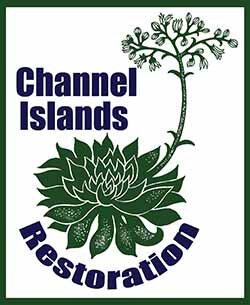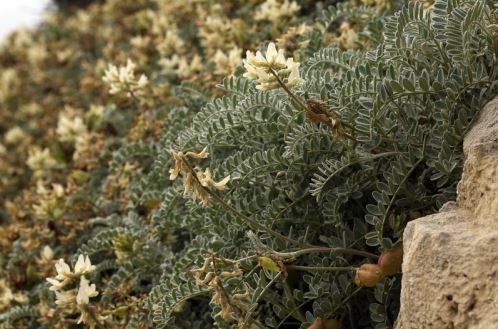San Miguel milkvetch (Astragalus miguelensis) is a rare flowering plant species that is endemic to the Channel Islands off the coast of southern California. It is a member of the Fabaceae family and is also commonly known as the San Miguel Island milkvetch. This plant is highly valued for its ecological and conservation significance and is protected by law.
Description: San Miguel milkvetch is a small herbaceous plant that grows up to 15 centimeters in height. Its leaves are alternate and compound, consisting of about 10 to 12 pairs of small, narrow leaflets. The plant produces small, fragrant, purple flowers in the spring and early summer. The flowers are arranged in dense clusters at the end of the stem and are pollinated by bees and other insects.
Habitat and Distribution: San Miguel milkvetch is only found on San Miguel Island, which is one of the Channel Islands off the coast of southern California. It grows in coastal grasslands and dune habitats and is often found on stabilized sand dunes. This plant is highly adapted to the harsh island environment, where it has to withstand strong winds, salt spray, and drought.
Ecological and Conservation Significance: San Miguel milkvetch is an important part of the unique island ecosystem on San Miguel Island. It plays a key role in stabilizing the sandy soil and preventing erosion, and it also provides food and habitat for a variety of native animals, including the San Miguel Island fox (Urocyon littoralis). This plant is listed as a federally endangered species and is protected under the Endangered Species Act. Conservation efforts are underway to protect the plant and its habitat, including habitat restoration, population monitoring, and public education.
Cultural Significance: San Miguel milkvetch has cultural significance for the Chumash people, who are the indigenous people of the Channel Islands. The plant is used in traditional Chumash medicine for its healing properties, and its fragrant flowers are used in ceremonies and as offerings. The Chumash people have a deep connection to the natural environment on the islands, and the protection of San Miguel milkvetch is an important part of their cultural heritage.

